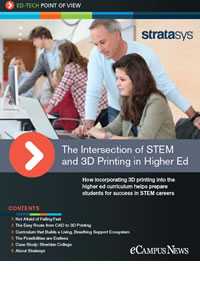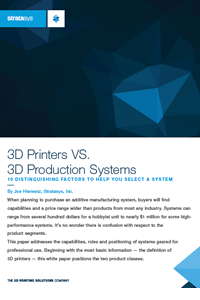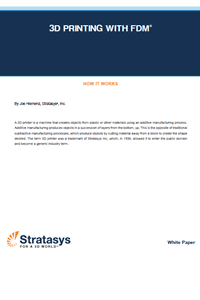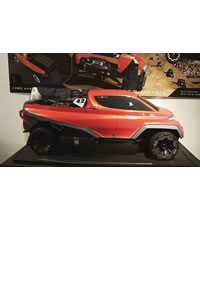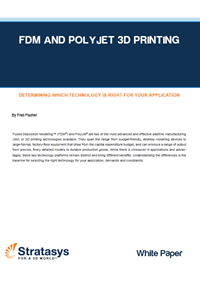Five Best Practices: How Innovative Universities Are Incorporating 3D Printing Into the Classroom
This white paper presents five best practices for universities to successfully incorporate 3D printing into classrooms. Real-life examples come from Savannah College of Art and Design, Coventry University,…


